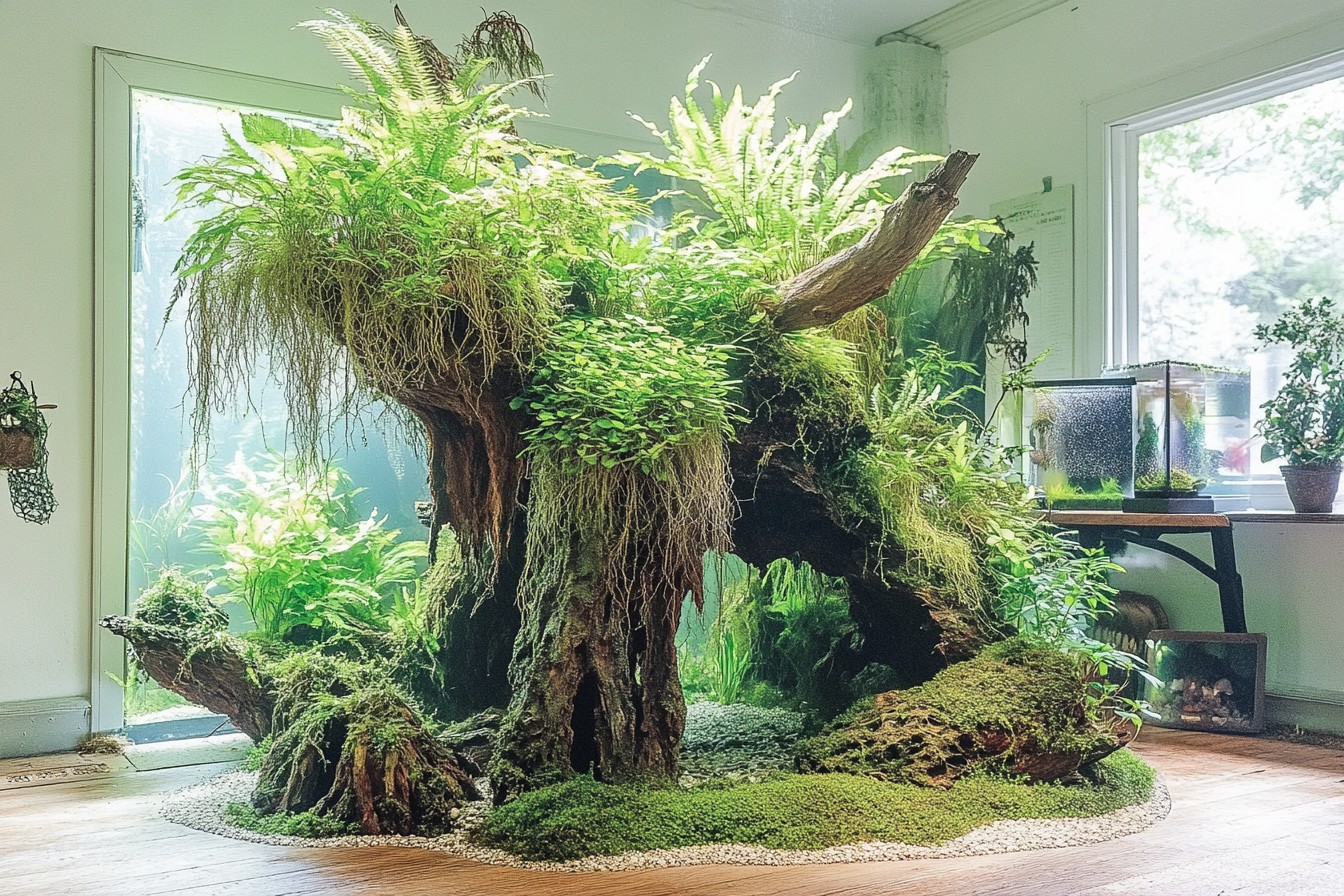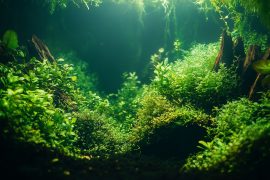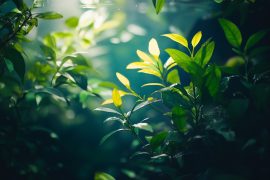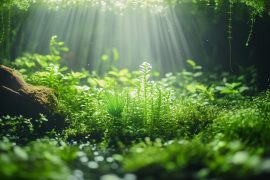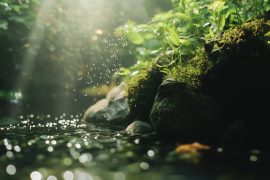The combination of art and nature gives us beautiful underwater landscapes, which is an example of a world called aquascaping. It reminds me of my first attempts to intracate into this world, where I needed some tools and knowledge. My hands often trembled wanting to create, but shaking too much led to disorderly arrangements that looked less of a benevolent aquatic garden and more of a tangled garden ready to be set free. I was soon to find out that not only did I need to develop my skills, but there was a need for me to have the right tools too.
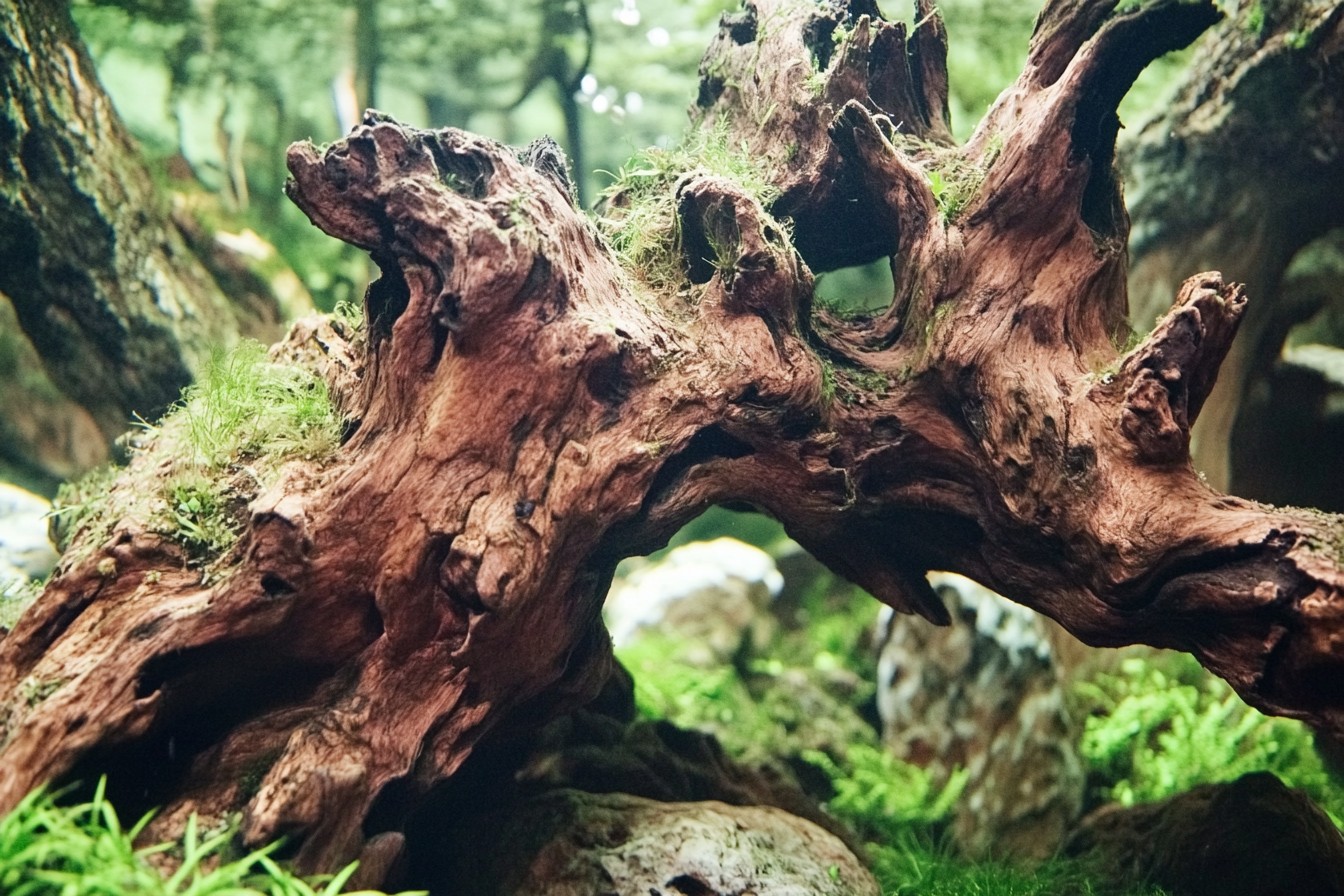
In my mind, creating an aquascape is like making a painting: you wouldn’t be able to create a stunning masterpiece using just a broom to try and ‘paint’ it. In aquascaping, the right equipment can make our dreams a reality, just like how a brush can bring a picture to life. With time, I have built a toolkit that is not only incredibly useful to me, but improves my work’s overall quality. Every tool I have serves a specific function and knowing that function is very important when it comes to creating underwater environments that are stunning.
In the case of aquatic plant pruning and planting, the precision of tools needed is key. This depth of detail is not merely an extra; it is a necessity. I remember my initial attempts at aquascaping and how frustrating they were; as I reflect on them, I now appreciate how important precision is. The tools I used were rudimentary; a pair of scissors and my hands. Using them came with their fair share of challenges: plants with broken stems and an overall lack of finesse. My entire world changed when I realized I can take advantage of long tweezers and bent scissors.
I remember when I first used the long, slim scissors like it was yesterday. The revolutionary part was placing every single plant where it grew without pulling out the other plants around it. Instead of a painstaking process, it became a pleasurable and delicate dance where I gently tucked each stem into the substrate. It seemed like I had stumbled upon a concealed dialect that allowed me to communicate with plants instead of struggling to boss them around.
Curved scissors also changed the way I operate. Before, I used regular household scissors and got a lot of jagged cuts that ruined the van Gogh vision I had for my aquascape. I was hugely relieved when I got the new scissors. The smooth cuts not only made my plants look healthier but also made it to where they could thrive. It was like as a sculptor gets a block of marble and begins chipping away to make a masterpiece, every single time I cut the curve scissor I had a choice to make a peice of art astounding.
The aquascaping techniques I’ve acquired over the years are thanks to the use of spatulas for substrate manipulation. I vividly remember my early attempts at layering substrate. Those of you that have layered substrates know it is a tough process. It ended up being a slash and smash attempt which created a lot of violence towards the substrate surface, making it rough. When I used a spatula, I was able to create gentle slopes and dramatic cliffs. This gave me the chance to contour the environment like I needed to, so the hardscape became just as important as the plants.
Taking care of the tools is just as important as using them. I neglected my tools for a long time, and as expected, their performance was disappointing. Scissors filled with rust and tweezers that were unclean were the spilt milk of this reality. As heartbreaking as that was, making a point to periodically clean and sharpen the tools ensures I am able to create underwater art without restriction.
Transforming features can be created with these tools. Each and every time I reach for the scissors or tweezers, the stunning landscapes I can create proudly remind me of what beauty truly is. It’s the essence of many hours of refinement, experience, and transformation.
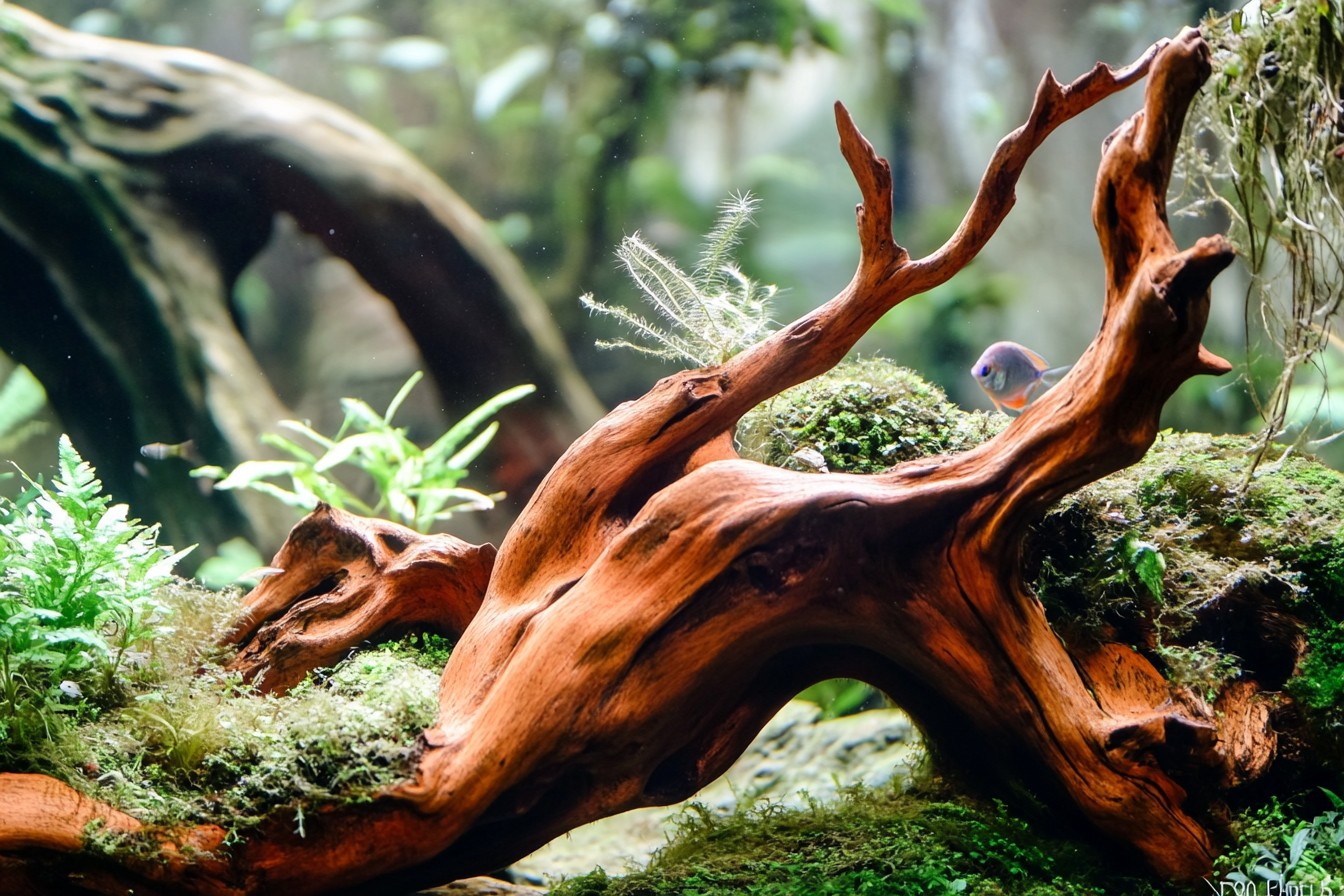
On my journey of learning aquascaping, I quickly learned that while plants are key elements, the hardscape which includes the driftwood, rocks, and even substrate tend to be the foundation of any aquascape. These types of tasks require tools that provide adequate grip and control. I can still vividly remember the first time I tried to reposition a particularly troublesome chunk of driftwood. My hands were not doing the job whatsoever; the wood slipped, and to my horror, it smashed a set of plants out of their delicate arrangement.
That blunder taught me the significance of having the right tools at hand particularly when dealing with heavy materials. Hardscape long tongs and the infamous hardscape tweezers became my best friends. They made it possible for me to place wood and rocks at more than one position, making it easier to sculpt everything for my needs. I wasn’t worried any more for the rough materials smashing my precious tank and plants because these tools gave me better control and grip.
Safety is always an important component of hardscaping. I had to think about sharp edges that could injure the tank’s glass as well as heavy objects that could hurt the fish I was cultivating. Using gloves while dealing with harsh rocks and driftwood was protective, which enabled me to work with confidence. In addition, my movements were controlled and deliberate because this protective layer to my hands gave me stability.
Keeping an aquarium environment clean and balanced is paramount for the plants and fish. Over the years, I have fine-tuned my maintenance regimen and picked tools that make this process easier. For example, siphons are a staple tool I use to keep my aquarium neat. In the beginning, I had a hard time with water changes and substrate cleaning because I would destroy the ecosystem I worked hard to set up. With a good siphon, I learned that maintenance tasks are simple.
Along with the siphons, I have also added water test kits and pipettes to my tools. After suffering from the effects of letting water quality deteriorate, I learned how important tracking pH levels and other parameters is. Regular checks have helped me support an ecosystem where my pets are healthy and happy. Using a pipette, I can make sure my plants and fish get the exact dose of supplements or medications that they need.
The most noticeable aspect of my journey is that my implements are no longer tools. They are a reflection of my imagination and dedication. Each piece of equipment has a history of lessons learned and milestones achieved and binds me to the ecosystems I have built. The instruments I select and how I choose to use them illustrate my passion towards this craft and the form of life it supports.
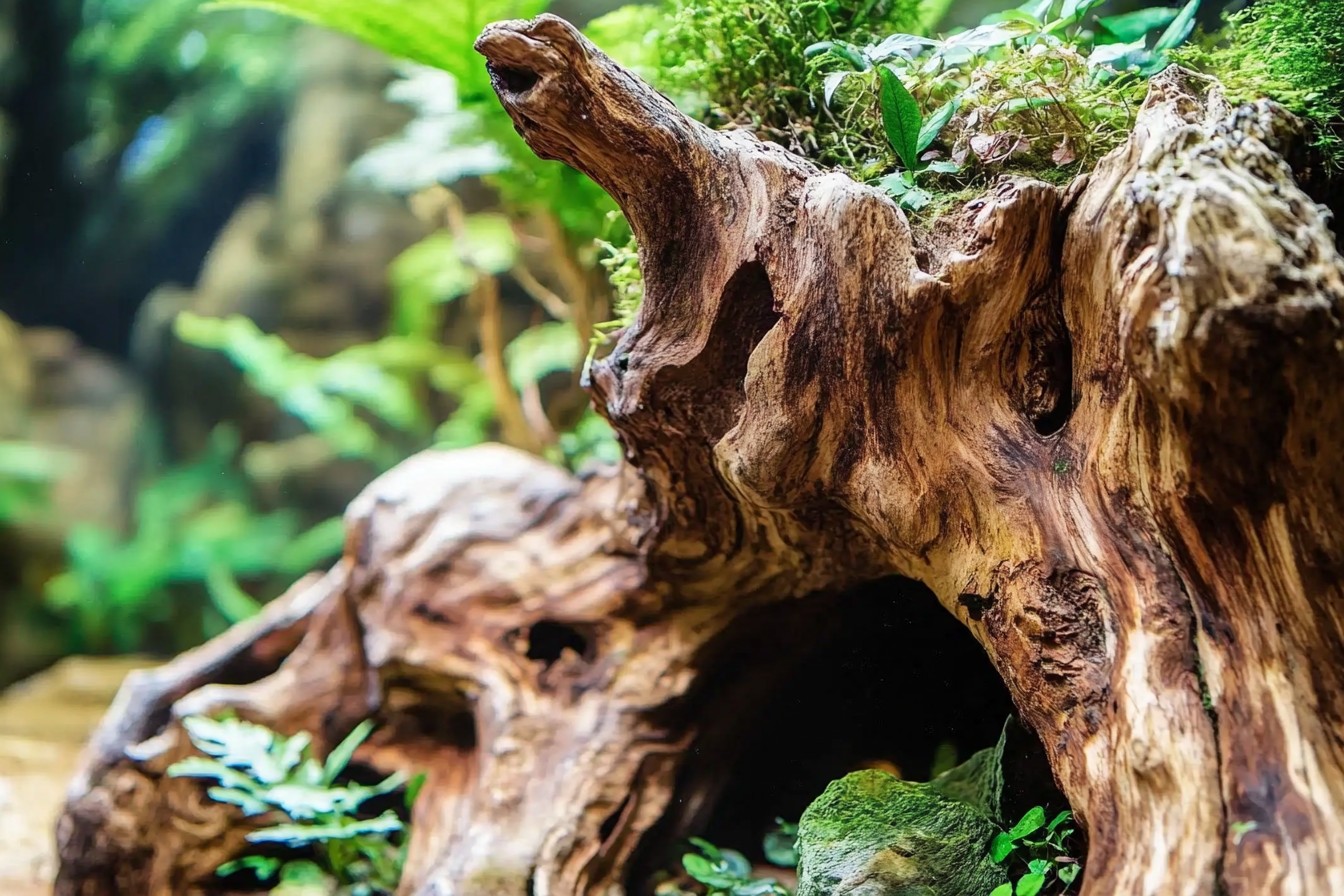
Starting aquascaping opened a whole new realm of highly sophisticated technologies and tools. After I got the grasp of everything basic, I was determined to improve my setups even further. This made me start looking into more advanced technologies, such as CO2 injection systems. Using a CO2 system seemed intimidating at first because I had to keep the levels balanced while making sure my fish were safe.
The outcome was astonishing the moment I took the leap. My plants exploded with growth when I equipped them with a quality diffuser and solenoid valve. The result was a stunning display of deep green leaves and colorful foliage. It felt like I stepped into a new world full of possibilities in aquascaping because all of my plants was blossoming and my designs were succeeding.
Transforming my lighting system was another important change. Dimmer equipped high-end lights enabled me to set optimal lighting for my plants and fish. The lights served not only to enhance plant growth, but were also crucial in increasing the beauty of my aquascapes because I could control the intensity and color of light. I could sculpt shadows and silhouettes, turning my tank into a living ecosystem that is constantly changing.
My perspective on aquascaping has completely transformed due to modern technology and tools. Now, it is not just about organizing plants and rocks: it is about comprehending the science of ecosystem sustainability. While the methods I use to enhance the health and beauty of my underwater sanctuary are complex, I am grateful for each new tool that I acquire.
Looking back, I can see that the evolution of my toolkit has changed aquascaping from a small hobby to a passionate endeavor requiring the articulation of numerous artistic ideas. Quality tools helped me do so much more than just improve my skills, they allowed me to make my wildest dreams a reality. For those who wish to begin this journey, my advice is simple: start investing in tools. Doing so will help you appreciate the beauty of creating an underwater facade that exemplifies the amount of thought and creativity you possess.
As expected, aquascaping is both an art form and a science, which we approach with passion. The tools we choose to execute it form an important part of our success. They enable us to interact with the water animals we love and to design the spaces we want. Looking at my tanks and the fish in them as they swim and the plants as they move, I reminiscence of the path I had traversed. With every new tool I add to my collection, I appreciate the opportunities that await me and look forward to designing awe-inspiring submerged heavens that evoke peace.
